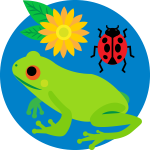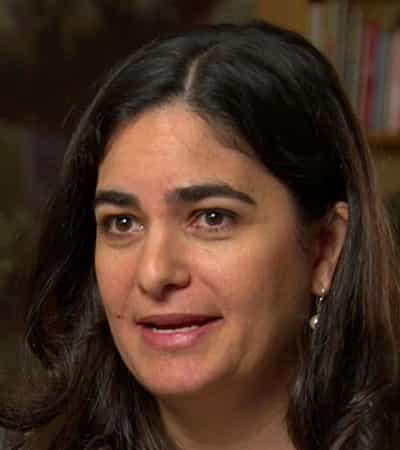Cuba has had a turbulent history. In the 1400s, Spanish conquistadors arrived and claimed Cuba as a colony. They forced native people into slavery and brought in more slaves from Africa.
Cuba did not gain independence until the 20th century. Then the economy was dominated by the United States. In 1959, Fidel Castro led the people in a popular revolution. Cuba and the United States broke ties for many decades. Few Americans could travel there.
In the 21st century, Cuba and the U.S. are renewing ties. Today, more Americans are traveling there and many more are expected. Tourism will bring benefits and challenges for Cuba. It will bring cultural exchange and money, but also could put pressure on its diverse ecosystems.




 Biodiversity
Biodiversity
 Brain
Brain
 Genetics
Genetics
 Marine BiOLogy
Marine BiOLogy
 MicrobiOLogy
MicrobiOLogy
 PaleontOLogy
PaleontOLogy
 ZoOLogy
ZoOLogy
 AnthropOLogy
AnthropOLogy
 ArchaeOLogy
ArchaeOLogy
 Astronomy
Astronomy
 Climate Change
Climate Change
 Earth
Earth
 Physics
Physics
 Water
Water




